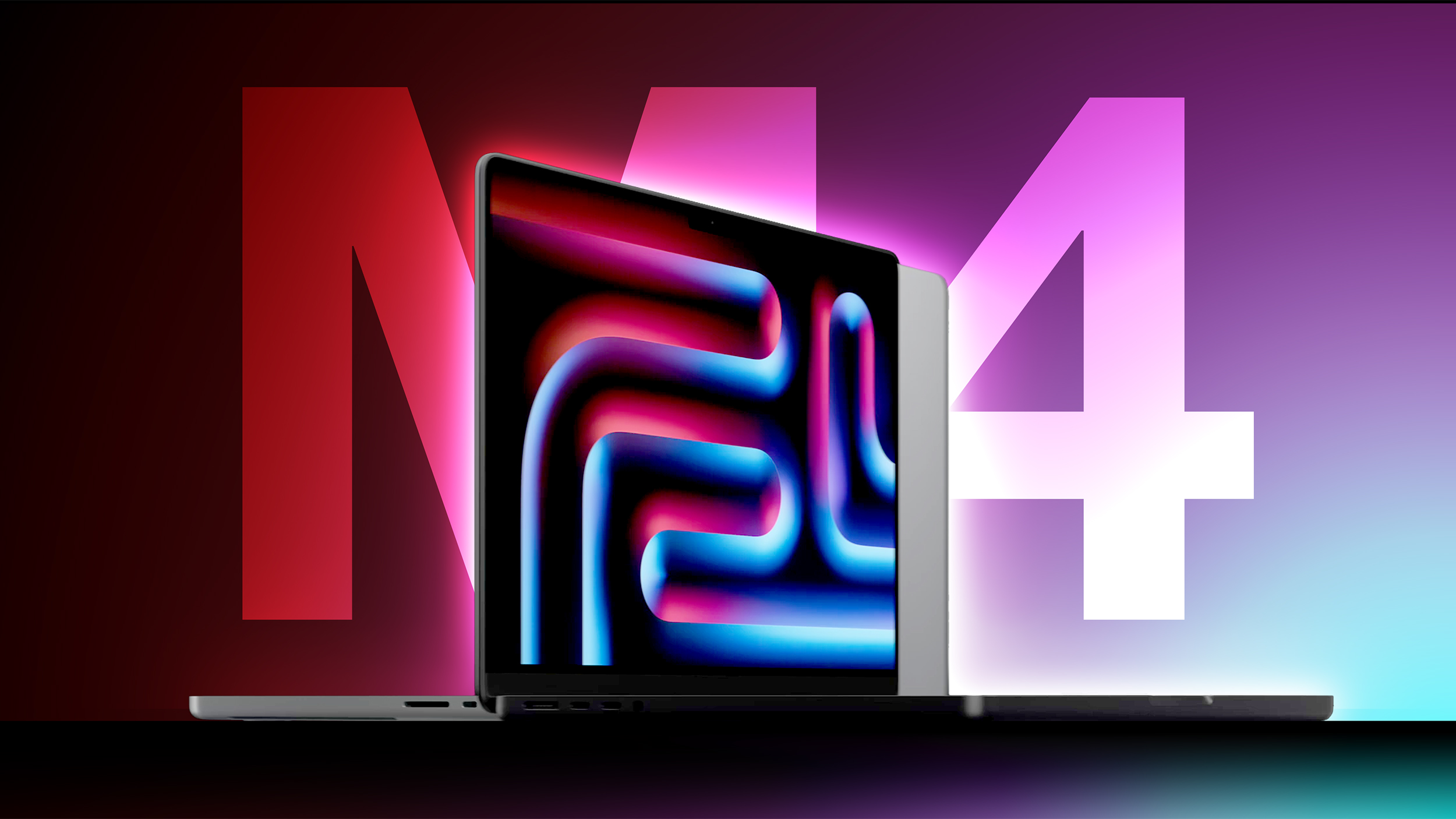Unlimited cloud storage provider used ancient technique to boost upload speeds — Son of Intel’s Robson makes a timid return with SSD cache but on a much, much bigger scale
Blackblaze claims to have achieved upload speeds on its B2 Cloud Storage platform that are up to 30% faster than AWS S3 by tapping into a “shard stash” based on solid-state drives (SSDs).
When customers previously uploaded small files to Blackblaze B2, the data was written to several hard drives, and these had to be completed before returning a response to the client. But data is now written to HDDs as well as some SSDs – known as the ‘shard stash’ at the same time. The SSD-held data is stored only until HDDs have received all the data, after which point these copies are deleted. Since uploading to the SSD is much faster than the HDD, the result is faster uploads.
The firm benchmarked its new storage technology by uploading a 256kb file and a 1MB file to the Blackblaze B2 US East servers as well as the AWS S3 equivalents – and found the file was 30% faster than S3 for the former file and 10% faster for the latter.
Seeking inspiration from Intel’s Robson
When a client application uploads files, Blackblaze normally deploys a coordinator pod to split them into 16 data shards alongside four parity shards. These 20 shares are then written to 20 different HDDs.
When using HDDs, incidentally, most of the time it takes to write the file is dedicated to waiting for the drive platter to spin to the right location. This data is first written to in-memory cache, and then written to the physical disk in the future. Until this point, users won’t receive a “success” response.
But even the best HDDs are much slower than SSDs, and the firm’s engineers have managed to find a way to incorporate them into the upload process and boost performance without raising costs too much. The new and improved B2 Cloud Storage lets the coordinator split files under 1MB into 20 shards as normal, which are sent to HDDs, but there are additional shards sent to servers fitted with ten Micron SSDs.
Because writing to the SSDs is much quicker, these “shard stash” servers can serve as a temporary but secure repository for the data, and send a “success” response to the user far quicker than using the previous model. Once the data is safely uploaded to the HDDs, the data is purged from the SSDs and can be reused.
It’s similar to Intel’s TurboMemory system that it developed in the 2000s, codenamed Robson, which was embedded in the best laptops of the era to boot systems much quicker.
More from TechRadar Pro
These are the best hard drives for all your needsWe’ve rounded up the fastest hard drives out thereSSD vs HDD: which is best for your requirements?




